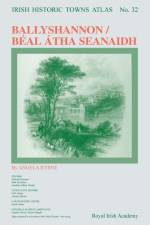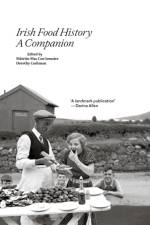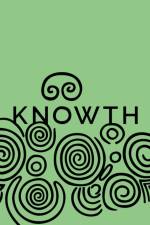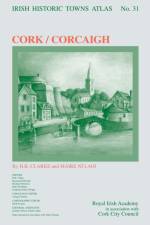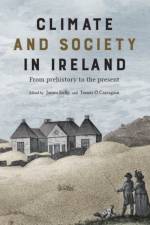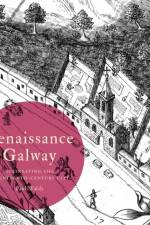av Liz Evers
317
The Irish struck out across America's frontiers, built its railroads, fought on both sides of the civil war, captured its major historic moments in print, paint and bronze, led many of its religious denominations, policed its streets, set up its banks, educated its masses, entertained America on its stages and screens and in its sporting arenas, and made ground-breaking contributions in science and engineering. This collection documents fifty Irish people who made an indelible mark on American society, politics and culture. People like the pirate Anne Bonney and Gertrude Brice Kelly, one of New York City's first surgeons, feature alongside more familiar names such as Maureen O'Hara, Maeve Brennan, Rex Ingram and the architect of the White House James Hoban. About the Dictionary of Irish Biography: The Dictionary of Irish Biography, a research project of the Royal Irish Academy, is the most comprehensive and authoritative biographical dictionary yet published for Ireland. It comprises over 10,000 lives, which describe and assess the careers of subjects in all fields of endeavour, including politics, law, religion, literature, journalism, architecture, music and the arts, the sciences, medicine, entertainment and sport.

